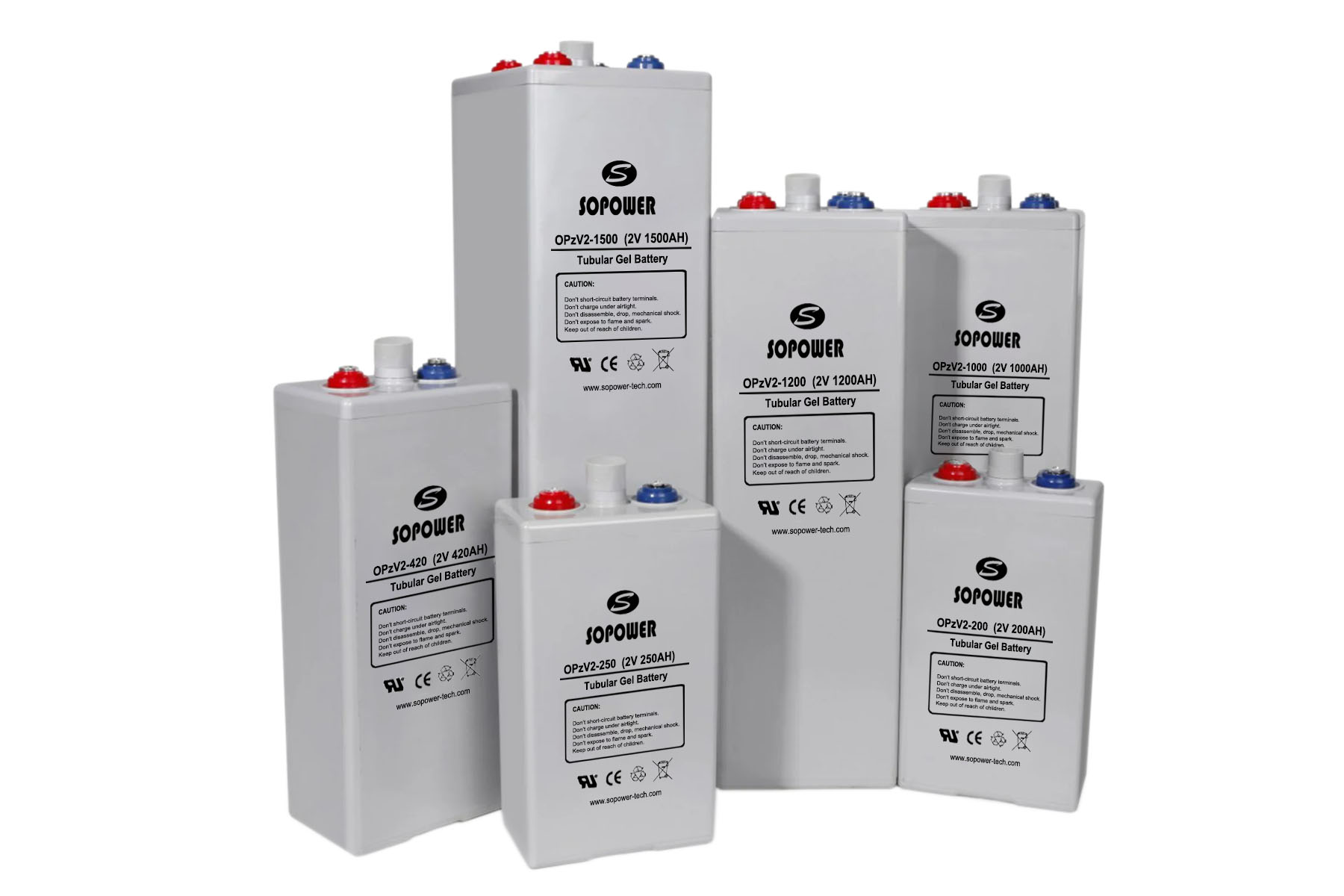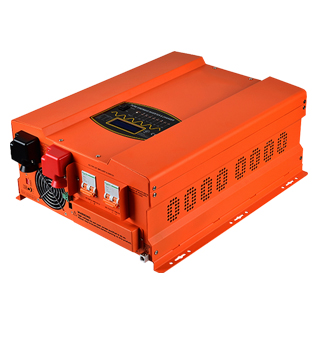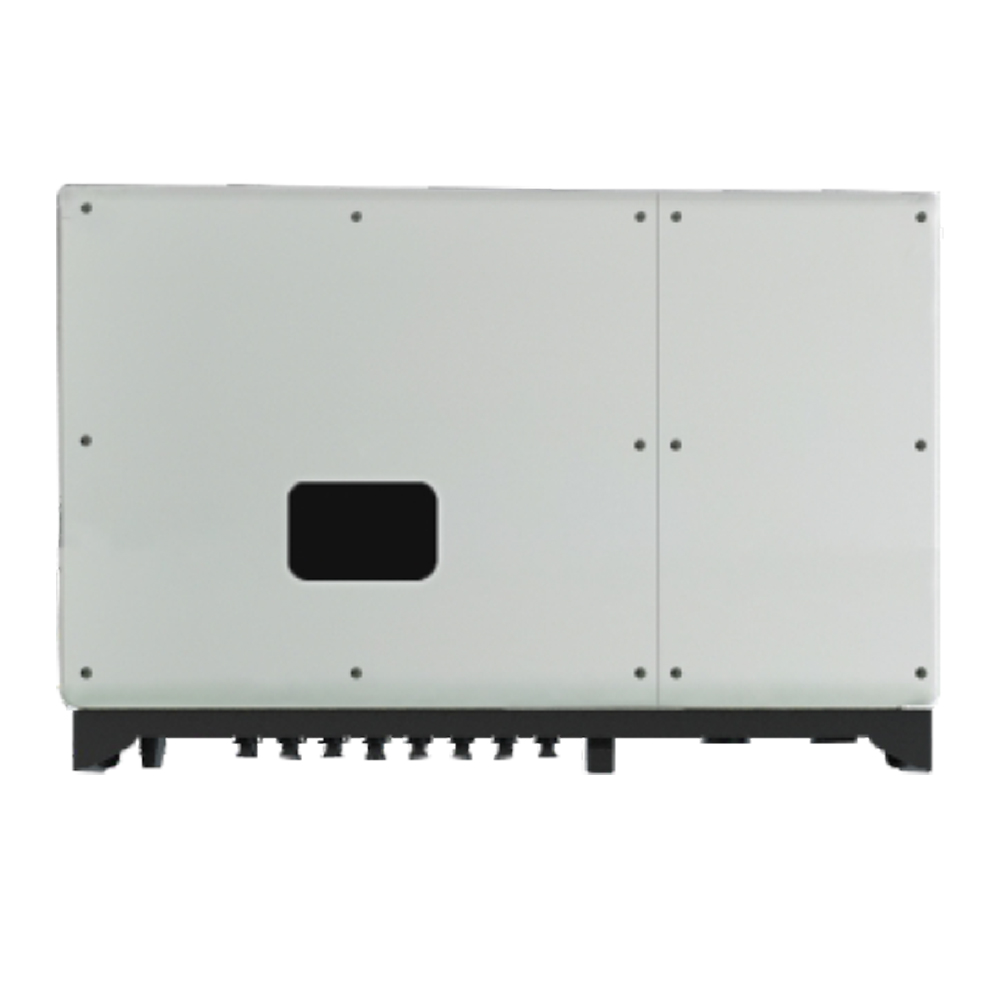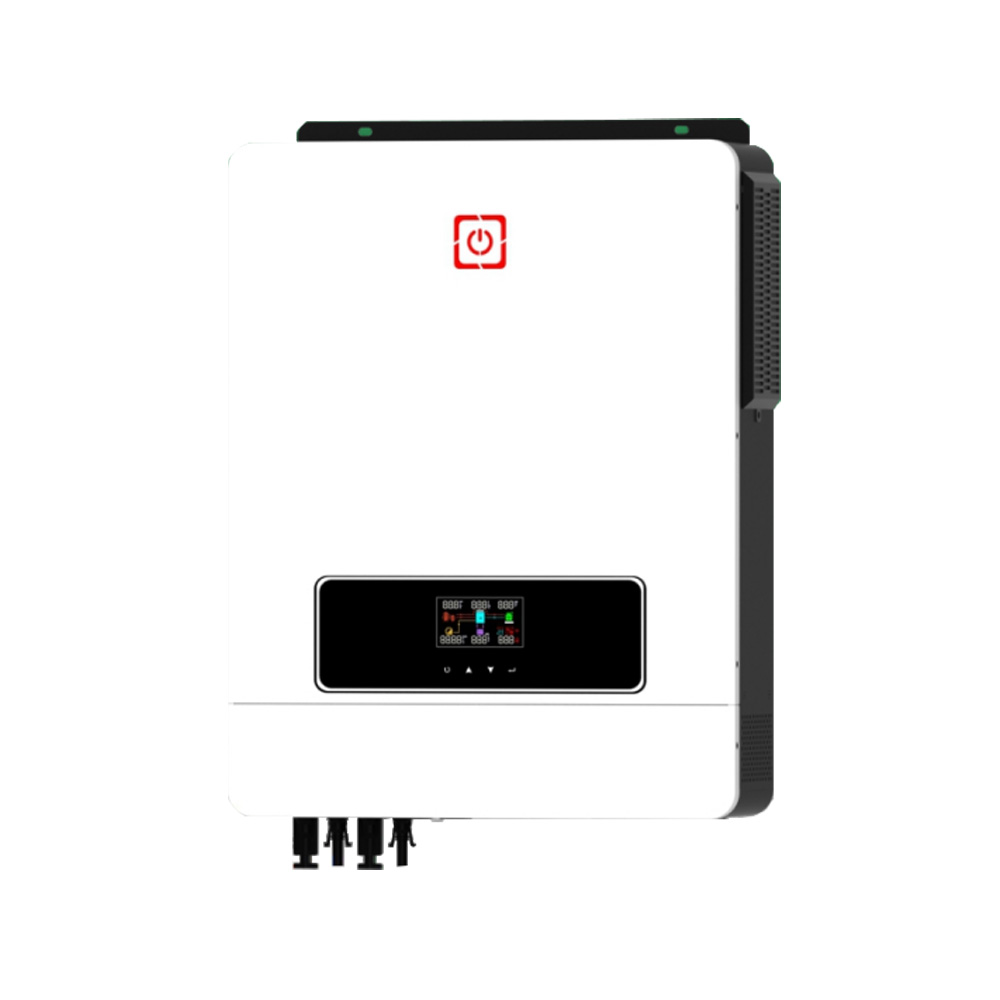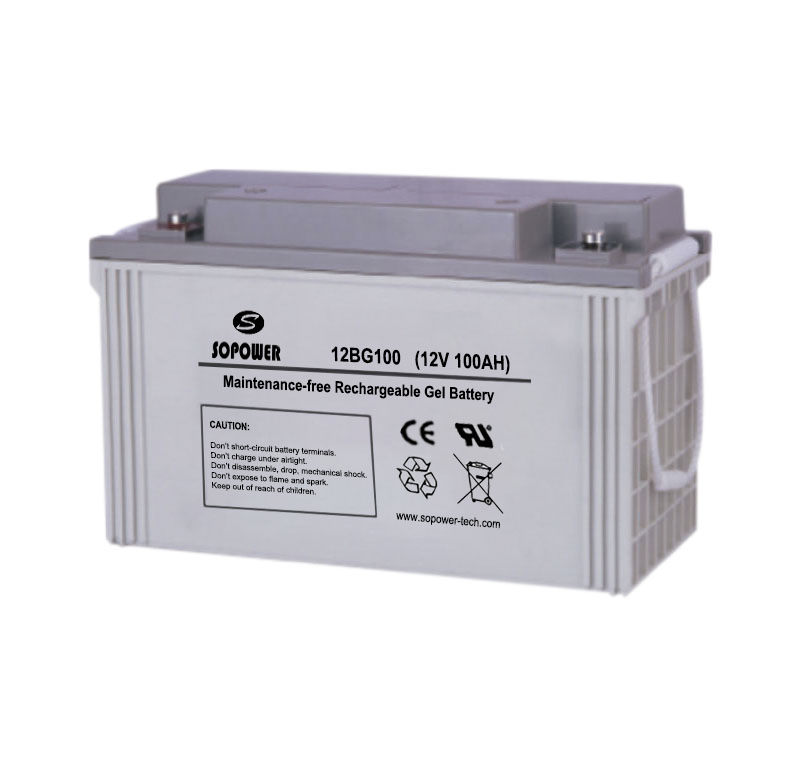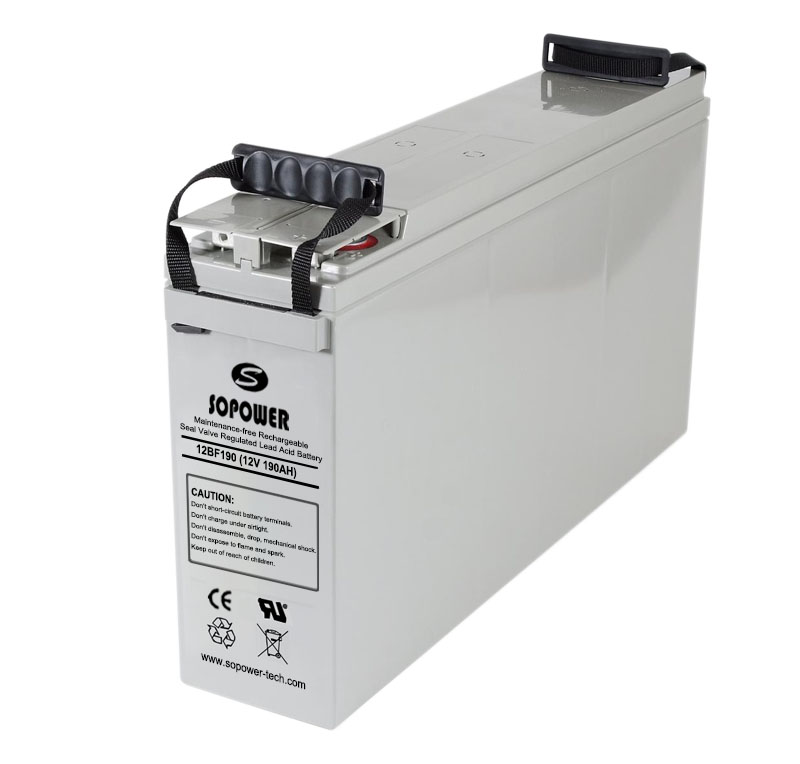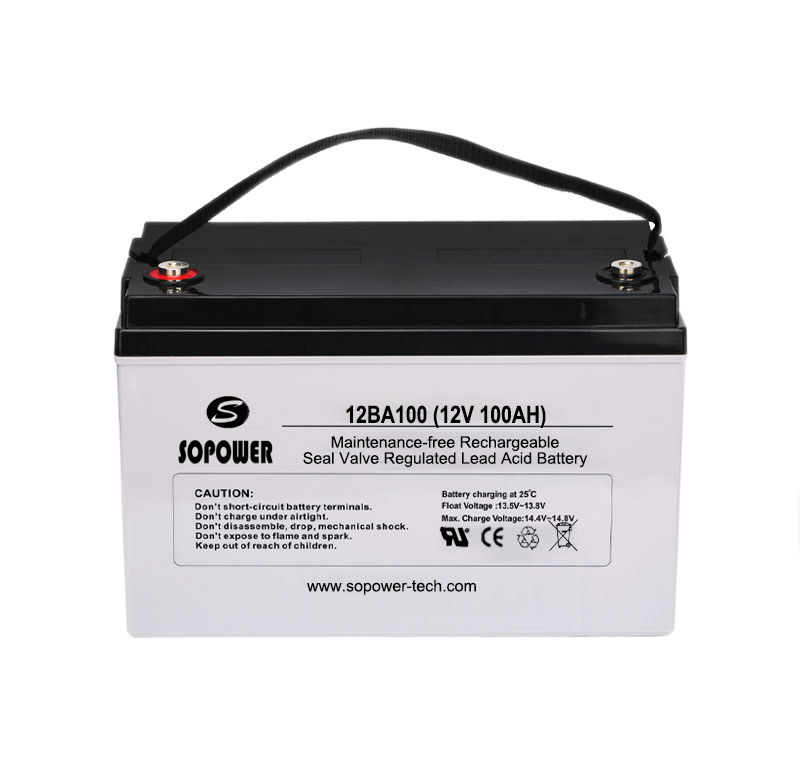Source: PV-Tech Date: August 8th, 2018
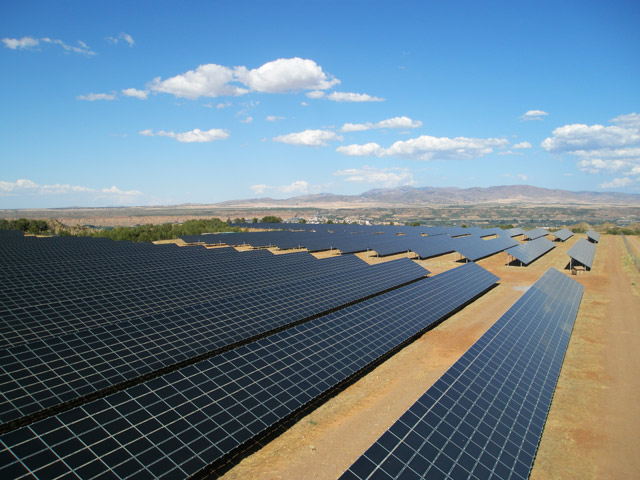
As the debate heats up before Friday’s meeting between federal, state, territory and local government energy ministers in Australia, the Victoria authority has issued a last-minute call to redraft the proposed National Energy Guarantee, and the Australian Capital Territory has redefined its NEG approval condition with regard to the emissions target. Meanwhile, Australia’s energy bodies have taken separate paths.
The Victoria government has defined four concrete conditions it wants in exchange for supporting Australia’s much-maligned National Energy Guarantee. If neglected, those red lines could turn into an insurmountable obstacle at Friday’s vote on the national strategy.
Casting a long shadow over the NEG – which needs the unanimous support of state and territory ministers – the clear and unambiguous statement issued by Daniel Andrews’ Labor administration said Victoria can support the NEG only if specific conditions are met that keep energy prices low and support employment.
“We won’t support any scheme that puts our renewable energy industry and Victorian jobs at risk,” Victoria Minister for Energy, Environment and Climate Change Lily D’Ambrosio said in a statement.
Victoria says the conditions will also ensure the Victorian Renewable Energy Target of 40% clean energy by 2025 – and the thousands of local jobs it supports – will be protected.
For Victoria to sign up to the NEG, the following conditions must be met:
Emissions reduction targets can only be allowed to rise
Future targets must be set by regulation
The targets must be set every three years, three years in advance
The establishment of a transparent registry, with access by regulators and governments to ensure the NEG is working in the best interests of consumers.
The review of targets was also suggested by the Australian Capital Territory’s Climate Change Minister, Shane Rattenbury, in his letter to federal energy minister, Josh Frydenberg.
“My suggestion is that the target is reviewed no later than 2024, and that the final design of the NEG includes a mechanism to initiate a review immediately, should electricity sector emissions reach a 24% reduction on 2005 levels,” reads the letter, seen by the Guardian Australia.
Target flexibility was also mentioned by Energy Minister Frydenberg, who tried to hammer out a NEG consensus, offering the possibility of reviewing the emissions reductions target after five years, instead of being fixed for a 10-year period.
The states however, want a mechanism which will make it possible to review the targets much earlier and make it easier to scale them up in accordance with their own renewable energy agendas.
In addition to a lack of consensus among states, there appears to be little internal party agreement either, with Mr. Frydenberg lacking buy-in from his Liberal and National Party colleagues.
That has led the federal Shadow Energy and Environment Minister, along with the Victoria and Queensland governments to call for the NEG to pass the test of the Liberal party before being signed into policy.
“We can still get this right – but only if [prime minister] Malcolm Turnbull stares down the climate crazies in his party and puts a workable scheme on the table that doesn’t hurt local jobs and households,” said Ms. D’Ambrosio.
Diverging roads
This week, businesses and energy stakeholders called on the Coalition of Australian Governments Energy Council to approve the NEG. Surprisingly for some, one of the signatories was the Clean Energy Council (CEC).
The Smart Energy Council (SEC) slammed the CEC for endorsing a policy it describes as a “disaster for renewables”.
Noting the NEG has five fundamental flaws: no encouragement for investment in renewables; no cut to coal pollution; no reduction in power bills; no way to easily change it; and the final design hasn’t been settled by the Coalition Party, Australia’s solar and storage body has described the CEC’s move as unbelievable.
It said aside from CEC members Adani and AGL – which may invest in renewables in future, but are both heavily invested in fossil fuels at present – not one of the other signatories is likely to invest in clean energy.
In a statement the CEC explained its position, with Chief Executive Kane Thornton stating the NEG policy design has potential but the low level of ambition on the emissions reduction target means it will be essentially useless unless the issue is addressed.
“The AU$10 billion [US$7.4 billion] of new investment being driven by the Renewable Energy Target means the current emissions target will already be almost completely met by the time the NEG starts operating. We need to pump up the target or there won’t be enough certainty to encourage new large-scale renewable energy projects,” Mr. Thornton said.
However since the changes the CEC is calling for represent the essence of the NEG, it is unclear why it has given its full endorsement for the proposed energy policy.
Nonetheless, the CEC recognizes the economic reality influencing the deployment of renewables, noting investors need certainty to ensure new wind and solar projects continue to be built.
“The current target will be put to the Australian Parliament later in the year, but there’s not much point legislating a target we will meet by default, and which won’t actually do anything to encourage new investment. And if the political negotiations to secure the NEG result in a government commitment to build new coal, private investors will simply jump ship to other countries with a less volatile investment environment,” Mr. Thornton said.
Overall, the CEC suggestions almost completely overlap those of the NEG’s opponents, calling for more frequent reviews of the target and a backstop that prevents future attempts to reduce the emissions reduction target.
The CEC has also proposed the NEG design should fully recognize the role of energy storage in supporting reliability, and be fixed so solar system owners can decide where their emission reductions go.
It also stressed offsets should be excluded from the scheme, as outsourcing emissions reduction to other sectors means less investment in new energy generation, which equates to higher power prices.
Actually the number and weight of the design issues highlighted by the CEC bring it closer to the SEC position that Australia needs the right policy, not just any policy.

